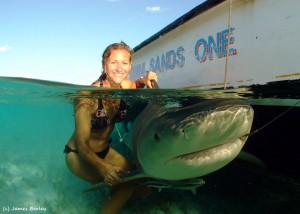 Kristine Stump is a PhD candidate in Marine Biology and Fisheries at the University of Miami’s Rosenstiel School of Marine and Atmospheric Science (RSMAS). Her dissertation focuses on the effects of anthropogenic nursery habitat loss on juvenile lemon sharks in Bimini, Bahamas. She was the Principal Investigator of the Bimini Biological Field Station (BBFS, or Sharklab) from 2008 – 2011 while collecting field data for her degree and has been heavily involved in the process of establishing a Marine Protected Area in Bimini. Kristine has an M.A. in Marine Policy from RSMAS, and prior to entering the doctoral program, she spent five years working in Washington, DC at Ocean.US – the National Office for Integrated and Sustained Ocean Observations (now the NOAA IOOS Program). In addition, she has worked for the Census of Marine Life program office at the Consortium for Ocean Leadership in Washington, DC.
Kristine Stump is a PhD candidate in Marine Biology and Fisheries at the University of Miami’s Rosenstiel School of Marine and Atmospheric Science (RSMAS). Her dissertation focuses on the effects of anthropogenic nursery habitat loss on juvenile lemon sharks in Bimini, Bahamas. She was the Principal Investigator of the Bimini Biological Field Station (BBFS, or Sharklab) from 2008 – 2011 while collecting field data for her degree and has been heavily involved in the process of establishing a Marine Protected Area in Bimini. Kristine has an M.A. in Marine Policy from RSMAS, and prior to entering the doctoral program, she spent five years working in Washington, DC at Ocean.US – the National Office for Integrated and Sustained Ocean Observations (now the NOAA IOOS Program). In addition, she has worked for the Census of Marine Life program office at the Consortium for Ocean Leadership in Washington, DC.
There is an apex predator roaming the seas. For hundreds of thousands of years, this beast has hunted in the waters of the world’s oceans. Relentless is it in its search along the shorelines for that which satisfies its primal urges. Its numbers ever on the rise, the destruction in its path knows no bounds. And now, in 2012, it wants to dominate the sea more than ever before: it wants glass-bottom bungalows. It needs yacht dockage at its vacation home. It craves manicured fairways. IT MUST HAVE AN INFINITY POOL!
If you haven’t already guessed, the apex predator here is man. Throughout history, the environment has shaped man, but now more than ever, man is shaping the environment. In the current era of environmental awareness, however, we have learned that there are limits to the anthropogenic changes ecosystems can withstand while still maintaining ecosystem function. Luckily, we have learned to implement mitigation strategies to offset, to some degree, the negative effects of human expansion.
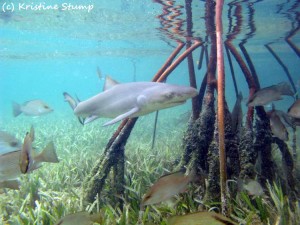
On a tiny island in The Bahamas – just 50 miles east of Miami -residents, shop owners, fishermen, hotel managers, tourists and scientists, along with Bahamian citizens across the archipelago, conservationists and NGOs are campaigning to fully implement a long-awaited Bimini Marine Protected Area (MPA).
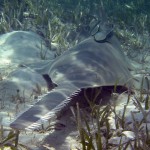
Bimini, Bahamas is the only mangrove and creek habitat on the western side of the Great Bahama Bank, and as such is an important habitat and nursery area for an incredible diversity of species, including the commercially and culturally important queen conch and spiny lobster (Dahlgren 2002, Afonso & Gruber 2007). Bonefish thrive within the creeks and over the flats of the 21km2 lagoon, supporting a world-renowned catch-and-release bonefishing tourism tradition.
Grouper, snapper and lemon sharks rely on this area in their crucial early years both for the availability of food and for protection from larger predators afforded by the complex mangrove shorelines (Feldheim et al. 2002, Franks 2007, Laegdsgaard & Johnson 2001). Species such as the smalltooth sawfish, identified by the International Union for Conservation of Nature (IUCN) as Critically Endangered, have been documented and studied throughout Bimini (Jennings et al. 2012).
In 1999, the Bahamas Ministry of Agriculture and Fisheries took an impressive forward-thinking step, declaring that The Bahamas would establish a network of marine reserves that would encompass 20% of the country’s marine environment. The following year, Bimini was identified by a review panel as the highest priority site for immediate implementation of an MPA.
Twelve years later…
The highest ranked site in The Bahamas has not one sign, not one buoy, not one regulation, not one enforcement officer. In 2009, ten years after it was originally proposed, Bimini’s MPA was officially announced by the Ministry of the Environment as being in effect. Unfortunately, without any concurrent official boundaries, regulations or enforcement, the MPA is a paper tiger, at best.
Meanwhile…
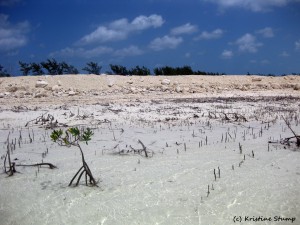
Immediately adjacent to the MPA, man, the apex predator, has wreaked havoc on what was once a pristine nursery habitat. Resort development threatens the ecosystem function of the lagoon. Over 160 acres of mangrove shoreline vital to so many species has been clear-cut and burned. Millions of cubic feet of the seabed have been dredged to build marinas, create artificial islands, and turn wetlands into estate homes, all within meters of what is supposed to have been the highest priority marine reserve in the country. Bimini’s lagoon, with all of its natural beauty, species diversity, critical habitat and important nursery function, is threatened by man’s unsustainable shaping of the environment.
Now, after years of waiting and at a critical time for Bimini’s unique ecosystem, a campaign that started in Bimini and has grown internationally is rapidly gaining momentum. A formal request that the Government of the Bahamas finalizes boundaries and regulations and provides enforcement for the Bimini MPA has been sent to the newly elected administration, including Prime Minister Christie. However, the campaign needs your support!
Here’s what you can do:
- First, please take a second to “Like” the campaign Facebook page: Bimini’s Marine Protected Area Campaign to show your support and let the government know that there is a significant groundswell of national and international interest in making the MPA more than just a paper park. At the group page, you can find a wealth of frequently updated information on the history of the Bimini MPA, statements from campaign supporters, photos of species in the area, updates on the legislative progress, a discussion forum and more.
- Second, please take action by sending a letter and/or email to the government asking that the MPA finalization be an immediate priority in 2012. You can find sample letters and email addresses For non-Bahamians and for Bahamians below.
- Third, spread the word!
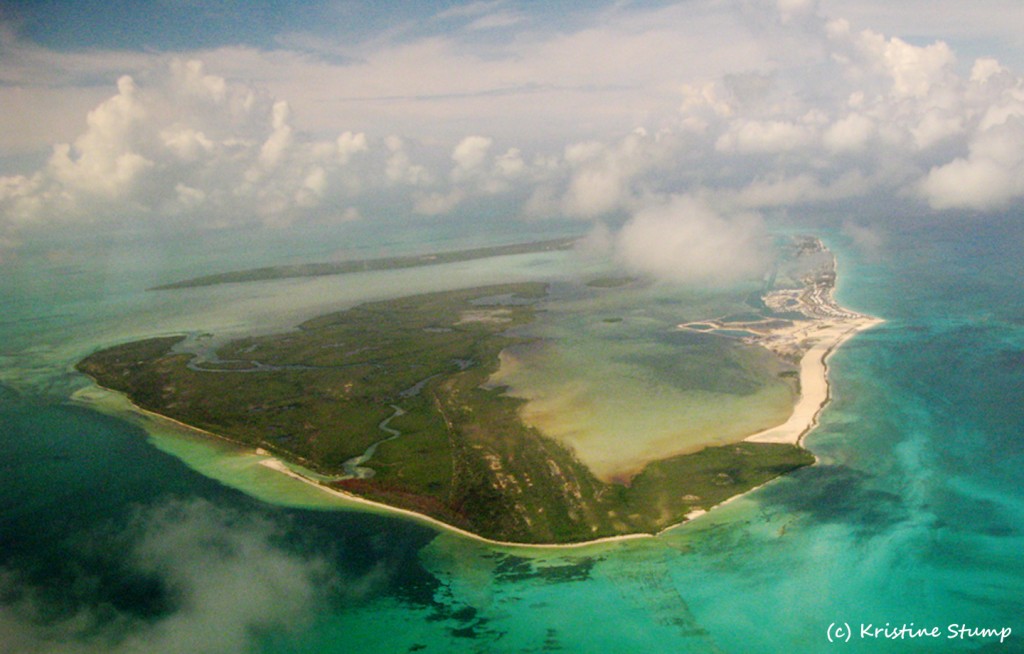
Sample letter for Bahamian citizens:
Sample letter for non-Bahamian citizens
References
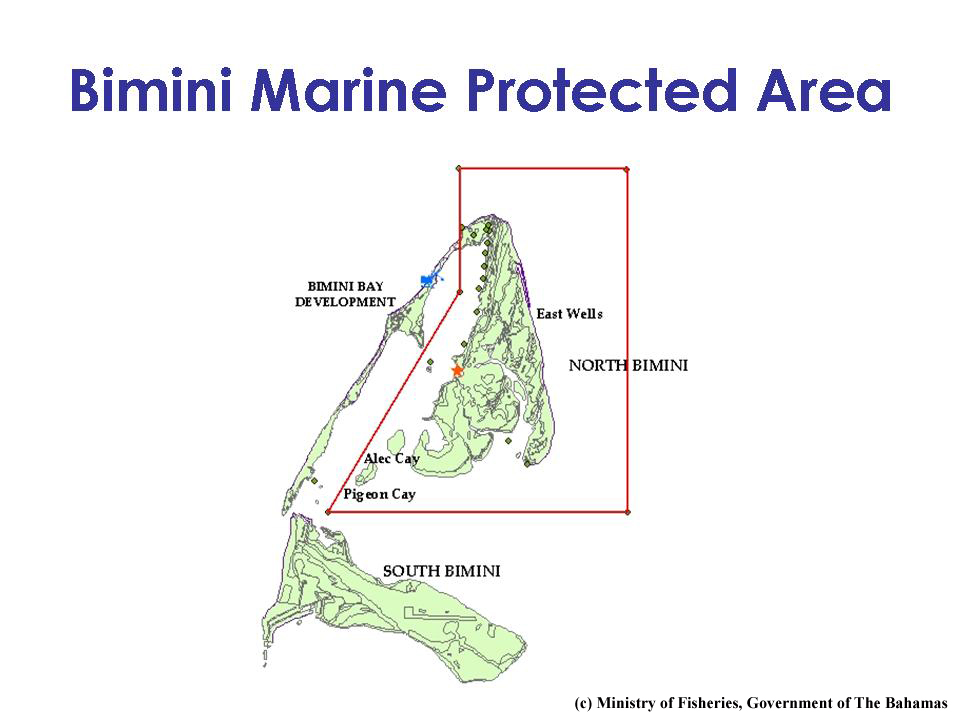
GREAT BLOG! Sending my letters. Thank you!
Thanks for your support!
Great post will share immediately!
cheers,
oceanminds.com
Great work. I sent all the letters.
Cheers from Switzerland
Great idea!
Hope they finally establish the MPA.
Reminded me of long walks through the mangroves and taking pictures of burning plastic etc..
all the best from Austria/Germany
Thanks, everyone! Every little bit helps!
I’ve sent the emails, just hope that it helps!
I just emailed everyone on the list
Hope this helps
Great Cause. I think you should change the wording of your letter, though. The Bahamas has just had a change of government from one party (FNM) to the other (PLP). While I really like Earl Deveaux and he did a lot for the environment and the Bahamas National Trust, he was a lightning rod of controversy over some environmental issues regarding a development in the Exumas and the new people in power are unlikely to be swayed by an argument that Earl Deveaux wanted something to happen. This argument would be the equivalent of telling a Bush appointee that a Clinton appointee recommended something. Not a good idea.Other than that, keep up the good work.
I’ve been to the Bimini Biological Field Station and seen all their work and seen the growth on Bimini. I’m glad this is finally becoming an issue! Bimini is such a great place. The people and the environment are absolutely amazing! I actually wrote a paper about Bimini for a coastal issues class I took in college. It’s sad about all the habitat destruction they’ve let happen. I really hope this study turns peoples minds
Hi Will,
Thanks for the suggestion. You’re right about the changeover and tricky politics. Minister Deveaux’s name was included as sort of a detailed historical fact as to the official announcement of the existence of the MPA, as he did indeed stand at the pulpit of a town meeting in Bimini and say the words. However, it would be just as accurate to simply state that the Ministry of the Environment announced the MPA. If you do send in a letter, and I hope you do, please feel free to edit as you see fit!
Many thanks for your support,
Kristine